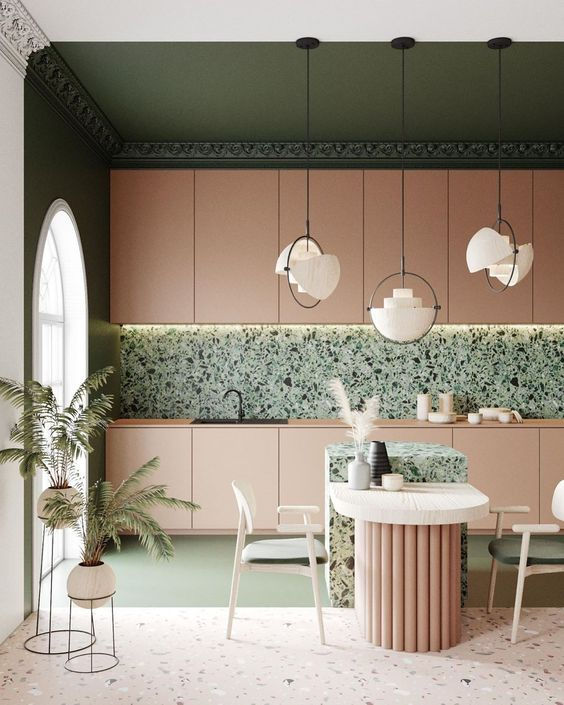Top 5 Tips for Choosing Colours
- Nat aka Decor NATion

- Nov 7, 2020
- 2 min read

TIP #1 - Choose a starting point
The most expensive, permanent, parts of your house help to define what colour palette to use. You are less likely to rip up your carpet or replace your kitchen cabinets, so use the colours in these as a starting point. It's much easier (and cheaper) to slap on a new coat of Paint!

TIP #2 - Choose a colour to match the mood of the room
Different colours create different moods. Cool colours such as blue, green and purple create a calming soothing effect, great for bedrooms or bathrooms.

Warm colours such as yellow, red and orange are energetic and great for offices or play rooms!

Tip #3 - Choose a colour to suit the size of the room
Lighter colours naturally enlarge smaller rooms, while darker colours make large rooms feel smaller and more cosy.

Tip #4 - Choose a colour based on how much light the room gets
Light changes our perception of colour so the same paint may look different in different rooms.
In a North-facing room the light is brighter and warmer, so darker colours will appear lighter. Dark, cool colours will help to balance out the hot, bright Northern light in these spaces.
In a South-facing room the light is colder and less intense, darker hues may look even darker. Light, warm colours will help to balance out the cool dark Southern light in these spaces.

Tip #5 - Always paint your test pot onto a piece of white card, not the wall
I have seen so many people paint their test pot on the wall and then decide that's the colour for them, only to go ahead and paint the whole room and be shocked with the result.
I suggest getting a large (A2 size at least) piece of white card and painting two generous coats of your test pot on this, leaving a 2cm border all the way around. This allows you to move the giant sample around and test it in different areas of the room, in different lights. Your sample will look different underneath your window frame, where the light is coming over top, compared to opposite your window, where the light will be directly on it.
The 2cm white border allows your eye to clearly distinguish the colour of you sample from the colour of your existing wall. When two colours are butted up against each other the eye can play surprising tricks on you and make you think it looks a certain way, when it doesn't!

Got any colour questions? Get in touch!



Comments